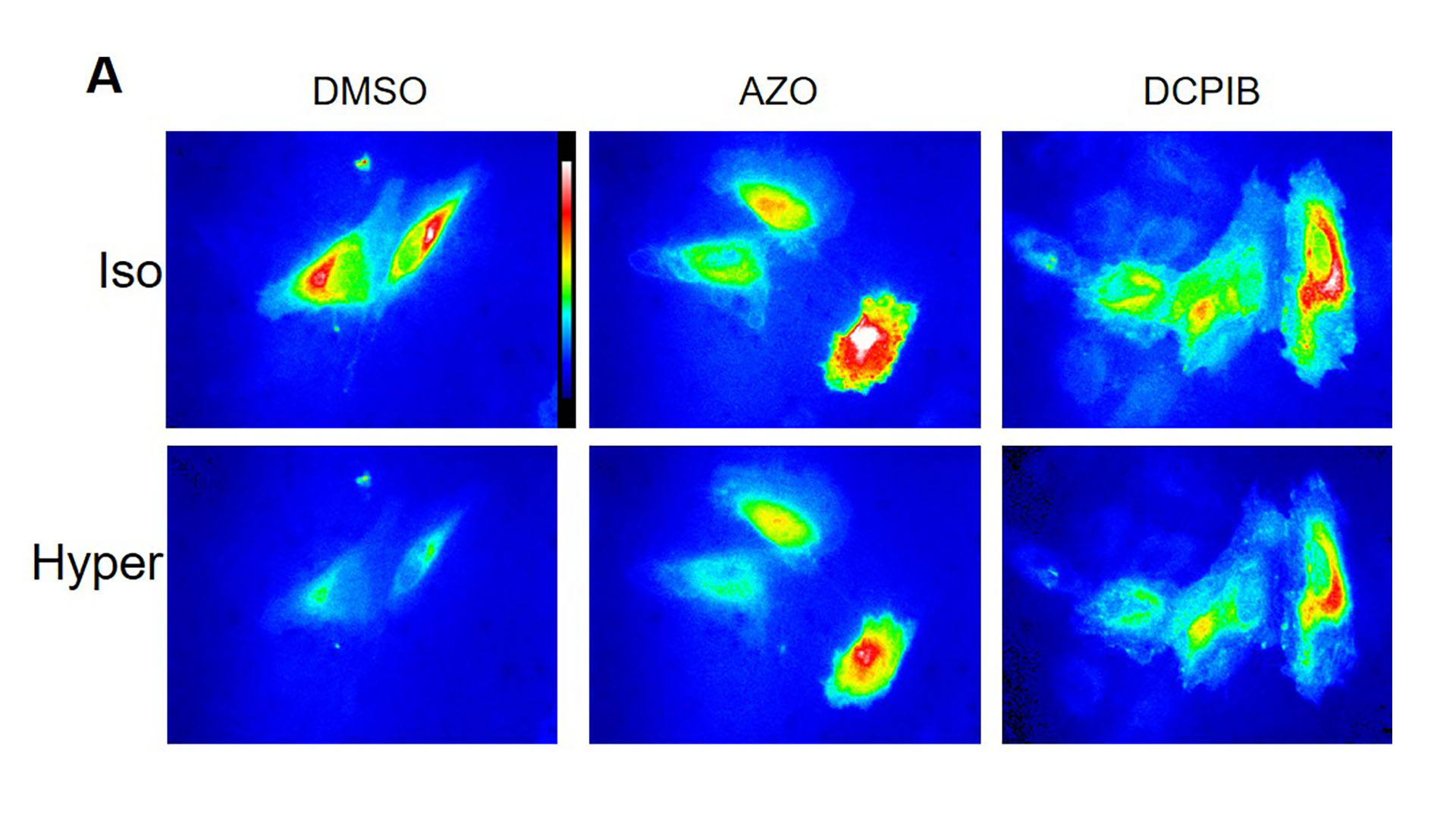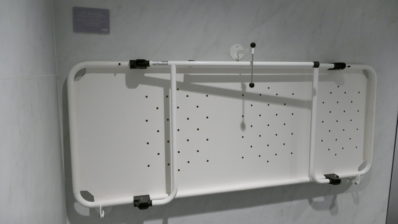In our body there are numerous mechanisms through which the general balance of the body, is regulated, something called homeostasis. One of them is the entry and exit of salts from the cells, and one key part of this process are the transporters, which regulate the movement of ions in and out of the cell through its membrane.
In this microscopy image sent to us by Selma Serra (Department of Experimental and Health Sciences, Pompeu Fabra University (DCEXS-UPF)) you can see a measure of the chlorine that passes through the triple sodium (Na ), potassium (K) and chlorine (C) cotransporter. This transporter, called NKCC by the ions it carries, is like a window or door in the cell membrane that lets salt ions pass in or out of the cell depending on the concentration of the external medium, in order to maintain the balance.
“Thanks to the fusion of the transporter to a fluorescent protein (YFP) that illuminates when in contact with chlorine ions, it can be seen that in a control situation (DMSO), under osmotic stress (Hyper), the transporter is activated, chlorine enters, and therefore the fluorescence of the YFP decreases.
In contrast, when we add a specific triple cotransporter inhibitor (Azosemide, AZO) the chlorine input is very significantly reduced.
And, most interestingly, when we specifically inhibit the LRRC8A chlorine channel (with DCPIB), we prevent the signaling cascade leading to NKCC activation from starting, and therefore we do not see a decrease in YFP fluorescence either.”
Want to see your photo here? Send us science or life related images to the PRBB at ellipse@prbb.org.
Serra S et al. LRRC8A-containing chloride channel is crucial for cell volume recovery and survival under hypertonic conditions. PNAS, May 2021.






